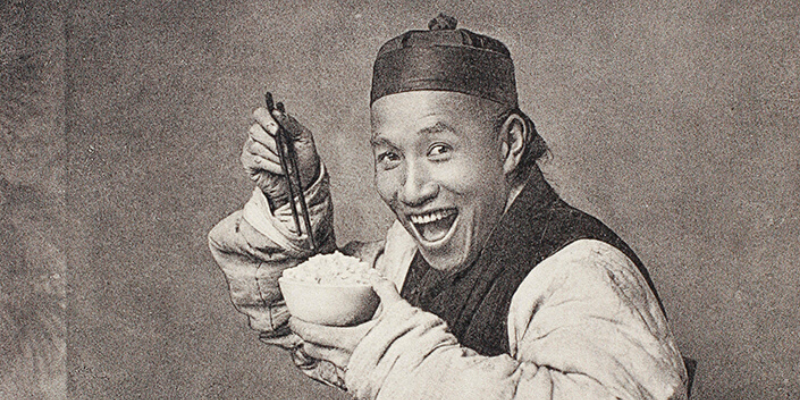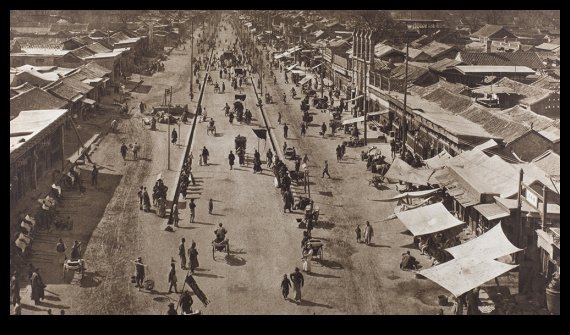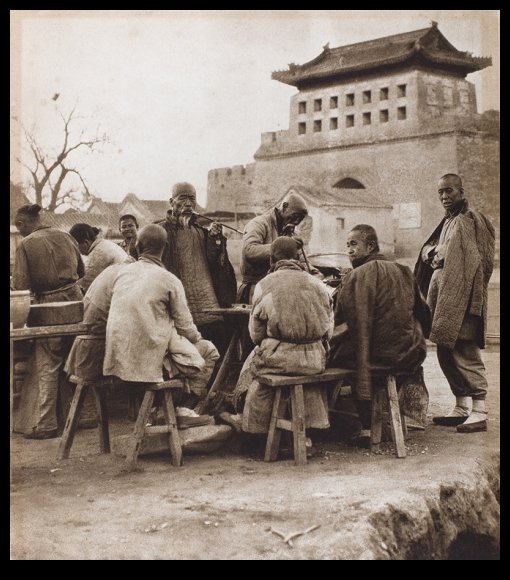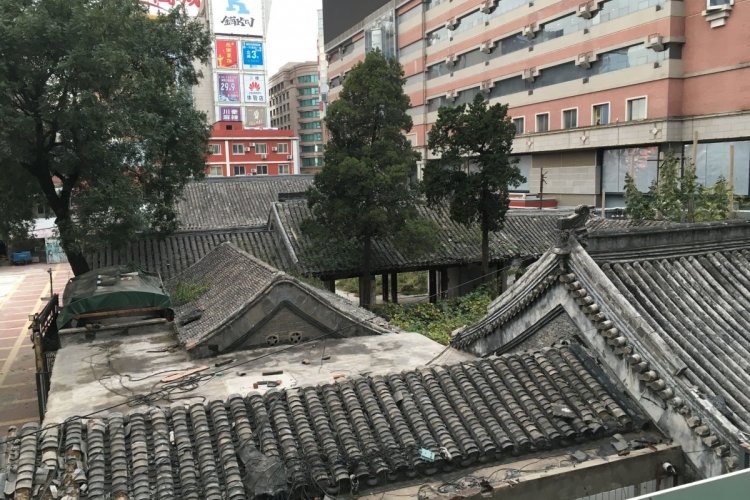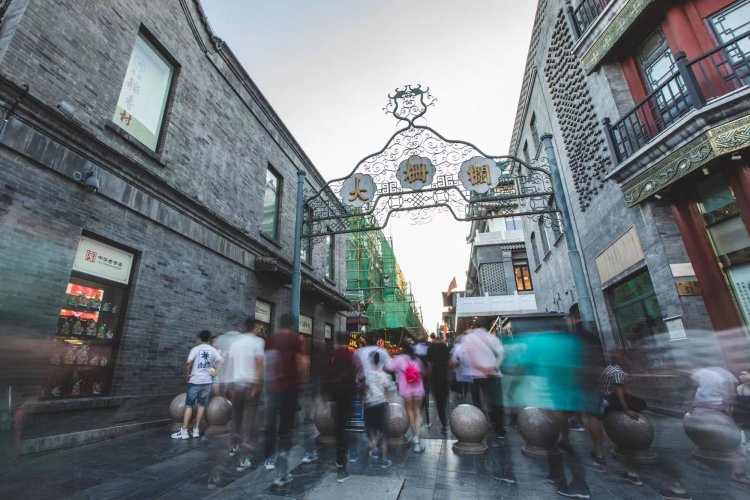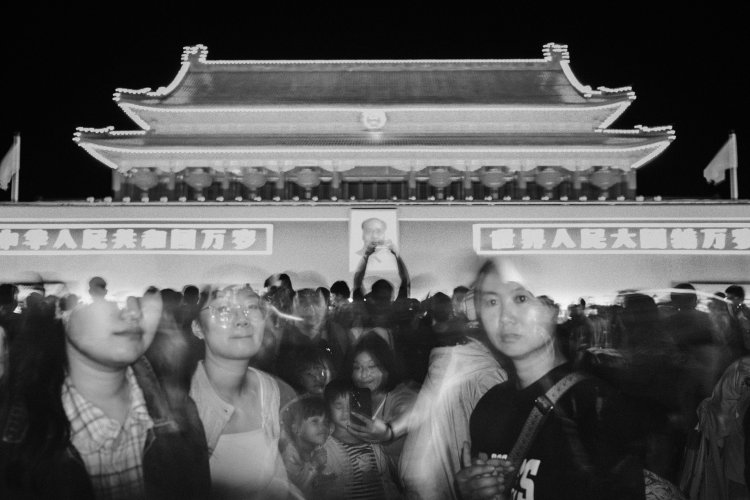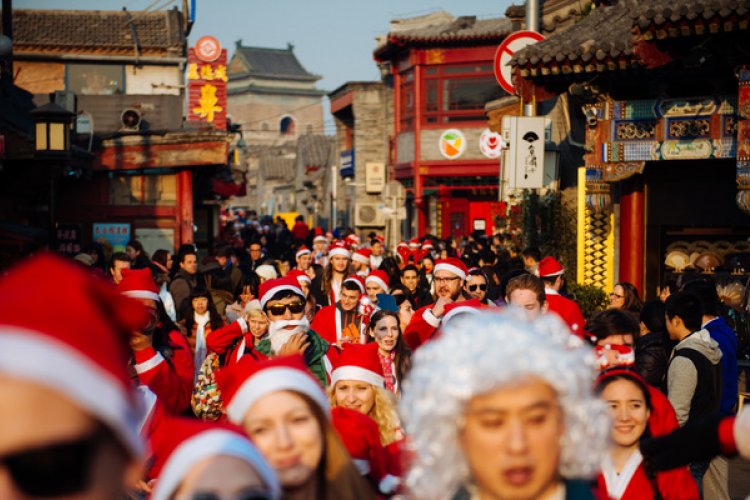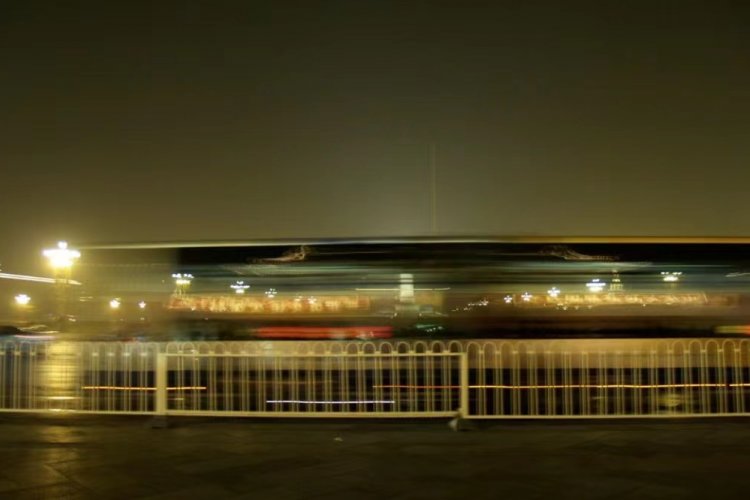Time Travel Through Beijing's Past With This Vast Photographic Archive
Bored with scrolling through Instagram, WeChat Moments, and Facebook? Sick of seeing the same food pictures, dog snaps, and gym selfies over and over again? Fed up with beautifying filters and oversaturated sunset pics from places you'd rather be? What you need is a dose of archival pictures, and the Bristol University is ready to deliver.
First conceived in 2006, the Historical Photographs of China online archive is the fruit of a large-scale project that collects, researches, digitizes, and publishes historical photographs of China. The images largely come from private collections held outside of mainland China, from families with some historical link to the country, and many photographs having been handed down through the generations.
There are thousands and thousands of images in the collection, with some of the earliest going back to the late 19th century, offering a fascinating glimpse into China's past.
Writer, history teacher, Beijing by Foot tour guide, and long-time Beijinger contributor Jeremiah Jenne uses the archive often in both his work as a historian and tour guide, sometimes sharing pictures from the collection on his Twitter feed.
"It's not the only archive like this out there, but it's certainly one of the largest and most comprehensive," Jenne says. "There are some pretty extensive photo collections that involve the Summer Palace, the Legation Quarter, and some of the streets. I'm particularly interested in the photos of Hedda Morrison, a German photographer who lived in Beijing in the '30s and '40s, and has many many photographs of daily and street life in the online archive."
While we are naturally most interested in Beijing, the photo archive includes collections from all over China including major cities like Shanghai and Hong Kong, but also some of the lesser-known inland provinces.
Altogether, there is enough material to get lost in for hours and hours, and (as is to be expected from an archive attached to a university) the website is very well organized, allowing you to search by keyword, collection, date range, location, even specific photographer.
But if you're looking for something specific, Jenne warns that the photographs are generally uploaded to the database with keywords based upon the original captions of the photographs, and given how transliterations of Chinese terms have changed in English over the time, they may not match up to what you'd expect. For example, when searching for images of Beijing, don't forget to also search 'Peking.'
Once you've exhausted the obvious terms like 'Beijing,' 'food,' 'wall,' I challenge you to some weirder ones. 'Teeth' does not disappoint, neither does 'balloon' or 'party.'
The "Lucky Dip" function is also a delight, serving you up a sepia kaleidoscope of yesteryear with every click, while the "All Collections" and "Featured Collections" allows you to browse images according to the family or institution from whom the images came.
"The other thing that can be fun," Jenne says, "especially for people who've had family in China in the past, is that you can search for people by name. Some of these are missionaries or diplomats, but quite a few people are just ordinary people who happened to have their photographs taken, and then those photographs were taken and donated by the family."
But before you get too excited about the brilliant array of images available, and start slapping them on mugs and T-shirts for your Taobao store, be aware that all images are licensed under Creative Commons, for non-commercial use.
Happy scrolling, Beijingers!
READ: Explore 1980s Beijing Through the Gentle Eye of British Photographer Adrian Bradshaw
Images: University of Bristol, courtesy of E. Tarrant, University of Bristol, Historical Photographs of China

